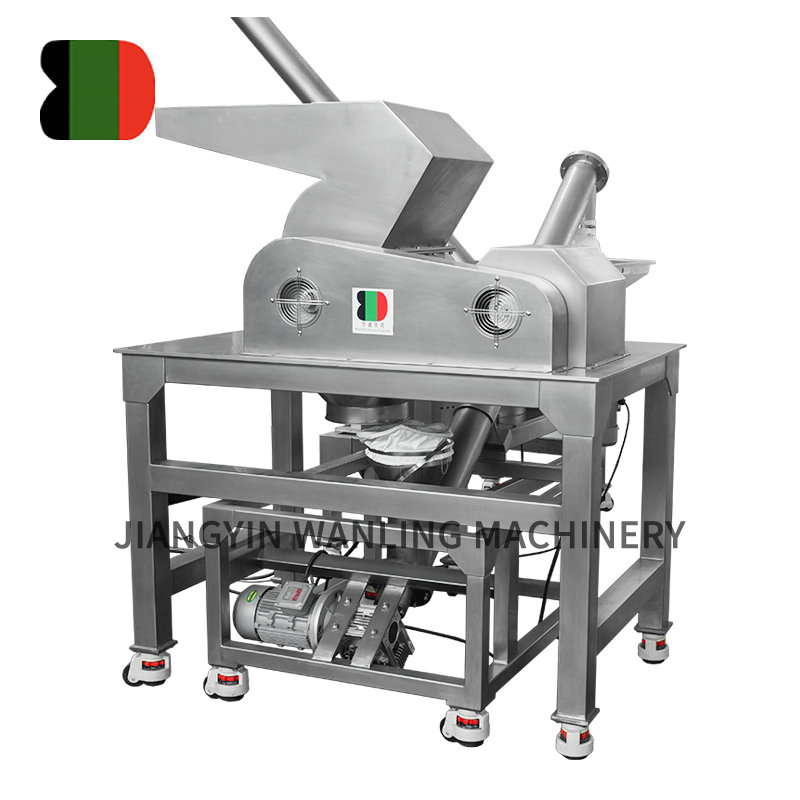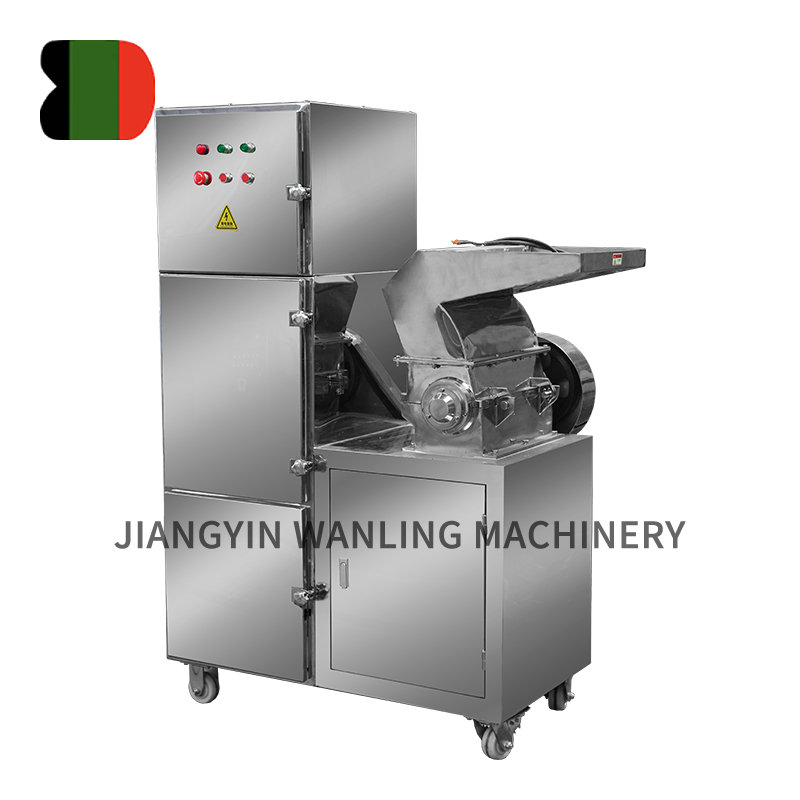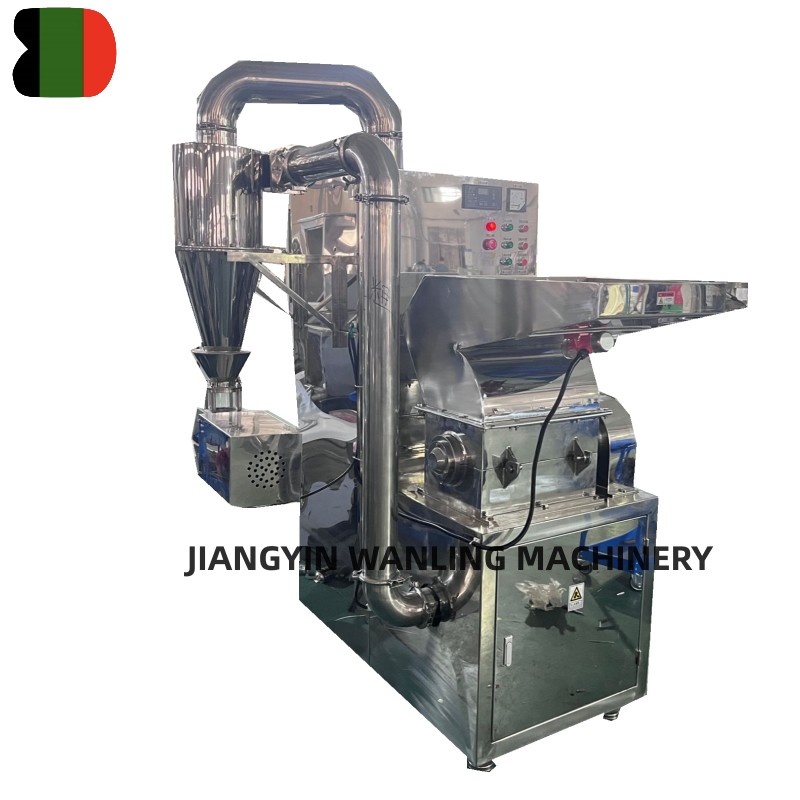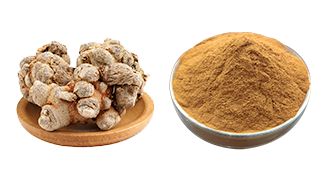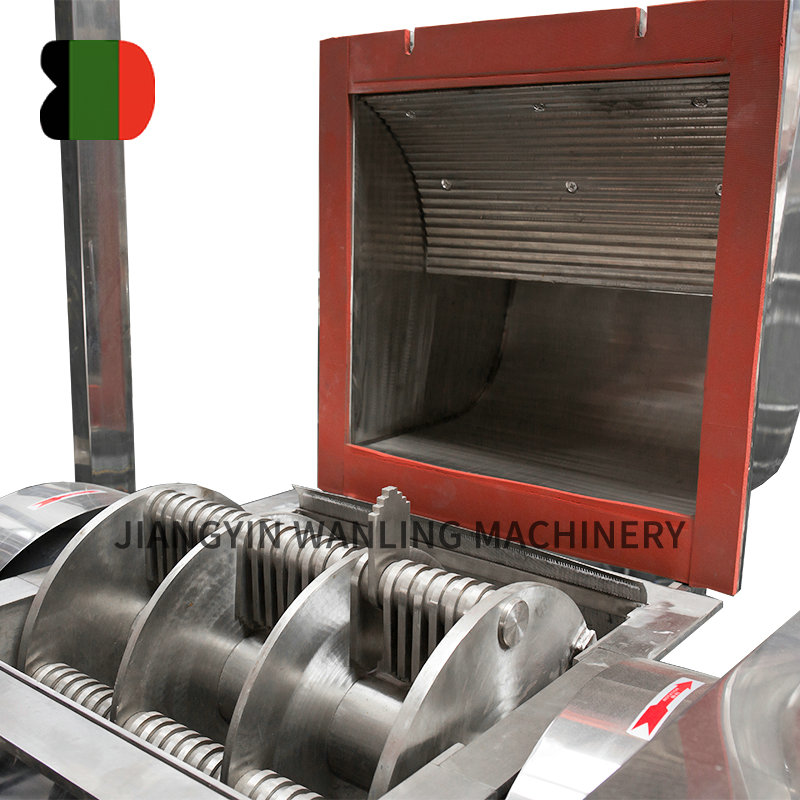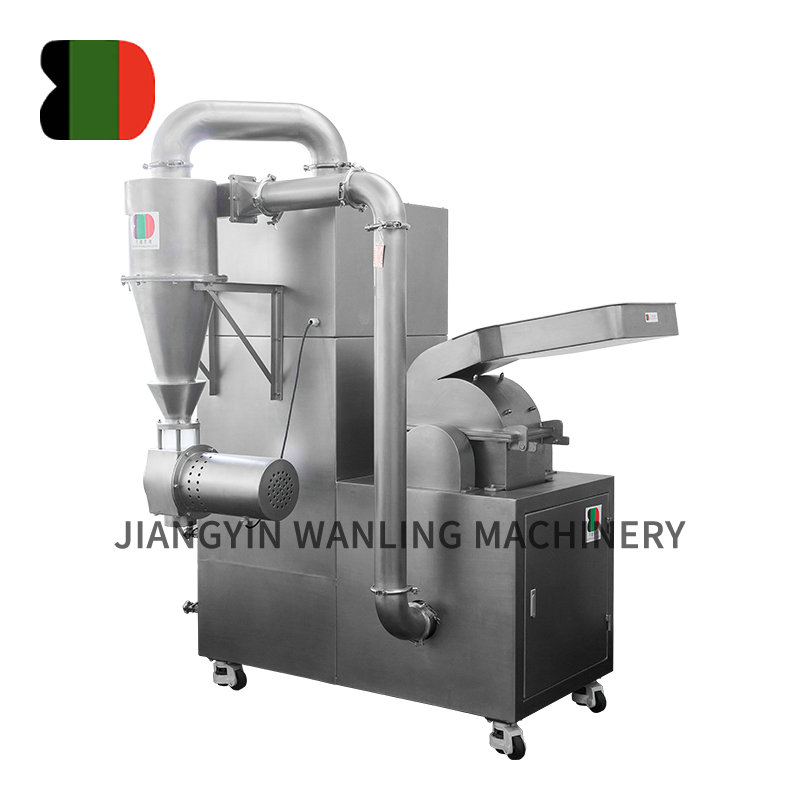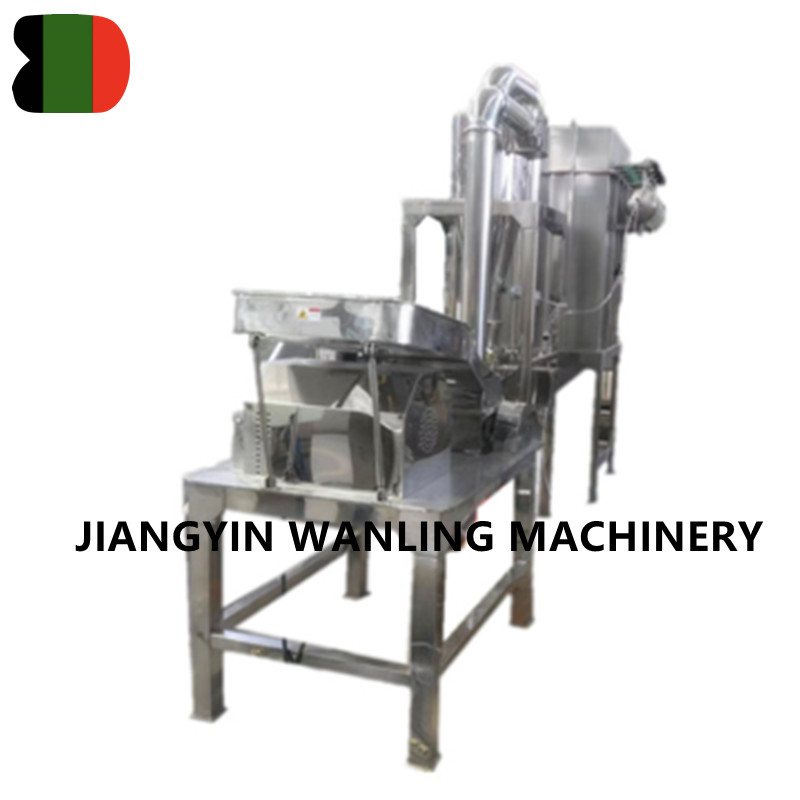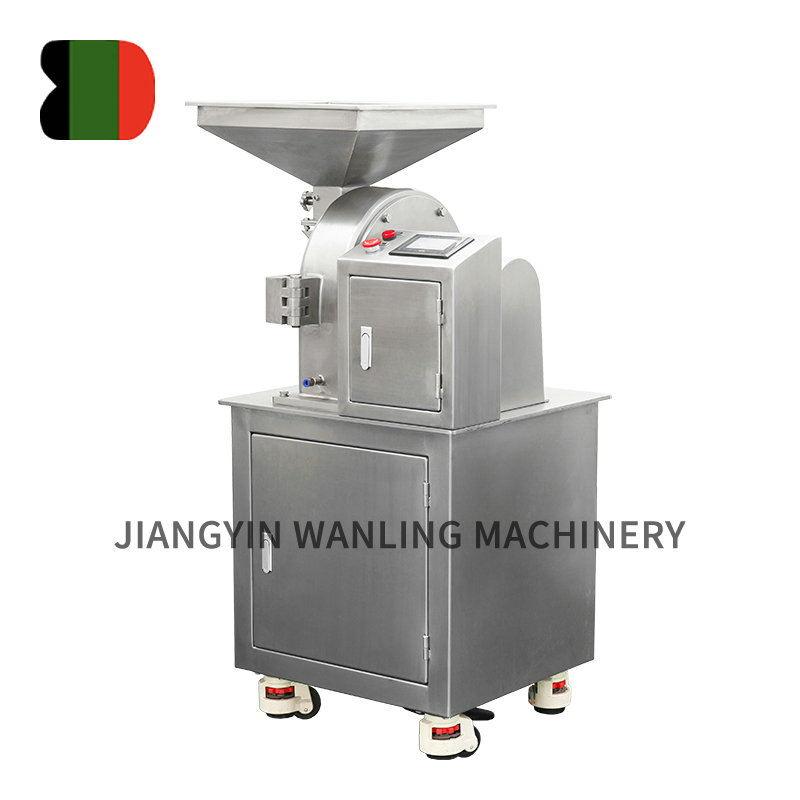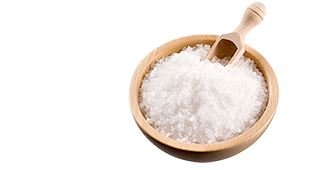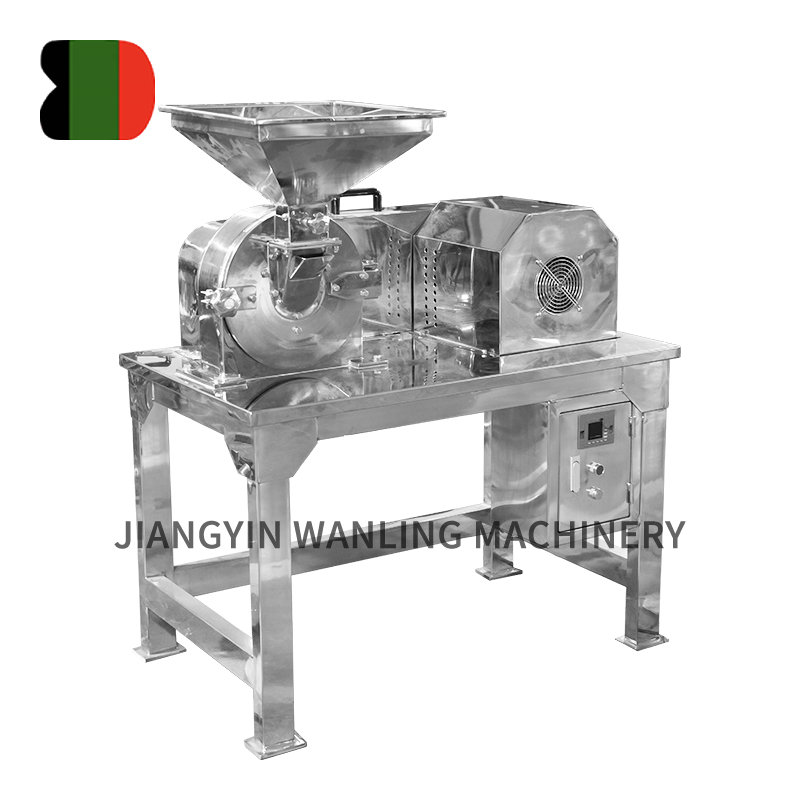Segregation in V Mixers occurs when different components of a mixture, particularly powders or granular materials, separate due to differences in particle size, density, or shape. This can result in uneven blending and lead to inconsistent product quality, which is especially problematic in industries like pharmaceuticals, food, and chemicals. The most common causes of segregation in V Mixers and their mitigation strategies include:
1. Particle Size Differences:
Cause: When mixing materials with varying particle sizes, smaller particles tend to settle between larger ones, causing the mixture to segregate.
Mitigation:
Controlled Blending Time: Use optimal mixing times to ensure smaller particles are fully incorporated with larger ones before separation can occur.
Sieving: Screen materials to remove large clumps or fines before mixing, which can help create more uniform particle size distributions.
Gradual Loading: Introduce smaller particles slowly into the mixer, allowing them to be distributed more evenly among larger particles.
2. Density Differences:
Cause: Materials with significantly different densities (e.g., a light powder mixed with a dense granule) are prone to segregation, with the denser material sinking to the bottom or the lighter material rising to the top.
Mitigation:
Pre-blending: Pre-mix components of similar density before introducing them into the V Mixer. This can reduce the chances of heavier particles segregating.
Controlled Rotation Speed: Adjust the mixer speed to ensure proper blending without causing excessive settling of denser particles.
Careful Loading Order: Begin mixing with the denser materials to create a stable base for lighter materials, ensuring a more even distribution.
3. Shape and Surface Characteristics:
Cause: Materials with irregular shapes or different surface textures may have difficulty flowing uniformly during the mixing process, causing clumping or segregation.
Mitigation:
Use of Suitable Adjuvants: Additives such as binders or flow agents can help improve the flowability of certain materials, reducing segregation.
Optimized Mixing Time and Speed: Fine-tuning mixing parameters, such as rotation speed and mixing time, can improve uniformity when working with materials of irregular shapes.

4. Moisture Content Variations:
Cause: Materials with different moisture contents can affect their flow properties, leading to clumping or sticking, which can cause segregation.
Mitigation:
Control Moisture Levels: Ensure that materials have similar moisture contents before mixing. If necessary, dry materials before mixing to prevent moisture-induced segregation.
Drying/Conditioning: Use moisture control techniques, such as drying or conditioning, to bring materials into a more consistent state before mixing.
5. Mixer Overloading:
Cause: Overloading the V Mixer with too much material can result in inefficient mixing, leading to segregation because the materials do not move freely enough within the mixing chamber.
Mitigation:
Proper Loading: Always ensure the mixer is loaded according to its specified capacity. This allows for sufficient movement of the materials and ensures more uniform blending.
Batch Control: Consider mixing smaller batches if the material volume is too large to achieve uniform blending.
6. Inadequate Mixing Time:
Cause: If mixing is stopped too early or insufficient mixing time is allowed, materials may not be fully integrated, leading to segregation.
Mitigation:
Optimized Mixing Time: Use appropriate mixing times for the materials involved to ensure full homogenization. However, be mindful of not over-mixing, as this could lead to other issues such as material degradation or dust generation.
Automation and Monitoring: Use automated controls to monitor mixing progress, ensuring that the desired mix is achieved.
7. Insufficient or Uneven Rotation:
Cause: Inconsistent or low rotation speeds can cause some parts of the mixture to be under-mixed, while others are over-mixed. This can lead to poor distribution and segregation.
Mitigation:
Adjust Mixer Speed: Ensure that the rotation speed is optimized for the materials being mixed. A higher speed may be needed for fine powders or small batches, while slower speeds are suitable for larger particles or sensitive materials.
Rotation Consistency: Ensure that the mixer’s rotation is even and consistent. Any mechanical issues affecting rotation could lead to uneven mixing and segregation.
8. Electrostatic Charge Build-up:
Cause: Certain materials, particularly fine powders or polymers, can generate electrostatic charges during mixing, which causes them to clump together or separate based on charge.
Mitigation:
Antistatic Agents: Use anti-static agents or additives in the materials to prevent charge build-up and facilitate better mixing.
Proper Grounding: Ensure that the V Mixer and other equipment are properly grounded to prevent static accumulation.
9. Insufficient or Uneven Material Loading:
Cause: If the materials are not loaded evenly or in the correct order, segregation can occur. This is particularly true for materials with different flow characteristics.
Mitigation:
Loading Procedures: Follow proper loading techniques, adding materials in small, controlled portions to ensure even distribution.
Layered Loading: Load the V Mixer in layers, starting with larger particles at the bottom and progressively adding finer materials on top.
10. External Vibration or Movement:
Cause: External factors such as vibrations from nearby machinery or improper positioning of the mixer can lead to movement of the materials inside the mixer, causing segregation.
Mitigation:
Stable Positioning: Ensure that the mixer is placed on a stable surface to minimize external vibrations.
Vibration Isolation: Consider using vibration isolation platforms or anti-vibration mounts to prevent external forces from affecting the mixing process.



 Español
Español